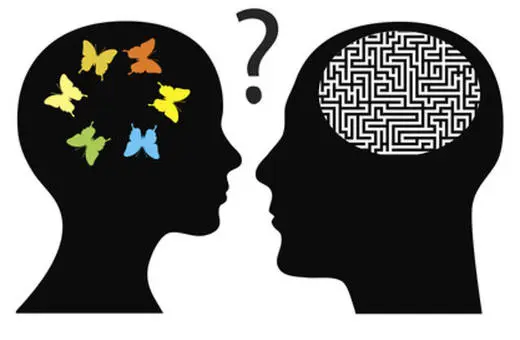Our science is necessarily perspectival and rooted in metaphor. Like maps, these metaphors are useful, but we shouldn't mistake the map for the territory, writes Andrew Reynolds.
There is a very common view of science, one is inclined to call it the ‘common sensical’ view, that depicts science as the objective description of reality, telling us what kinds of things there are in the world and how they work. We then apply that objective knowledge to create new technologies and medical therapies and so on.
According to this common-sense view, there is a world ‘out there’ that exists independent of our theories and beliefs about it, and this objective reality has its own inherent structure or ‘way that it is.’ The philosopher Hilary Putnam referred to this as a ‘ready-made world’, which is a component thesis of what he called metaphysical realism. This is closely aligned with the position known as scientific realism, which holds that it is science’s job to discover what this way is and to describe it in objectively true terms.
One of the most compelling arguments for scientific realism is that our best theories do manage to accurately describe at least some of this objective reality, otherwise wouldn’t it be miraculous that the theories make such accurate predictions, allow us to control and manipulate phenomena, and explain why things behave the way they do?
Some philosophers, however, refer to metaphysical and scientific realism as naïve realism. Why naïve? Because it seems to assume the existence of a pre-Kantian noumenal ‘world-in-itself’, which even if it does exist, we could not possibly hope to describe or know about in its own objective terms. The best we humans can do is to describe reality as it appears to us to be using the contingent linguistic, mathematical, and visual-pictorial terms that make sense to us. Furthermore, a more realistic appreciation of science as a human activity notes how diverse and distinct its several objectives are: accurately describing what there is, predicting what these things might do next, formulating explanations as to why they behave as they do, and devising ways to manipulate them to our advantage. These are actually quite distinct tasks that may involve different sorts of language and rhetorical strategies to achieve successfully. (See Angela Potochnik’s Idealization and the Aims of Science.)
Science is an irreducibly human activity that requires us to create and experiment with terminology to describe phenomena and to propose explanations that make sense to us.



















Join the conversation